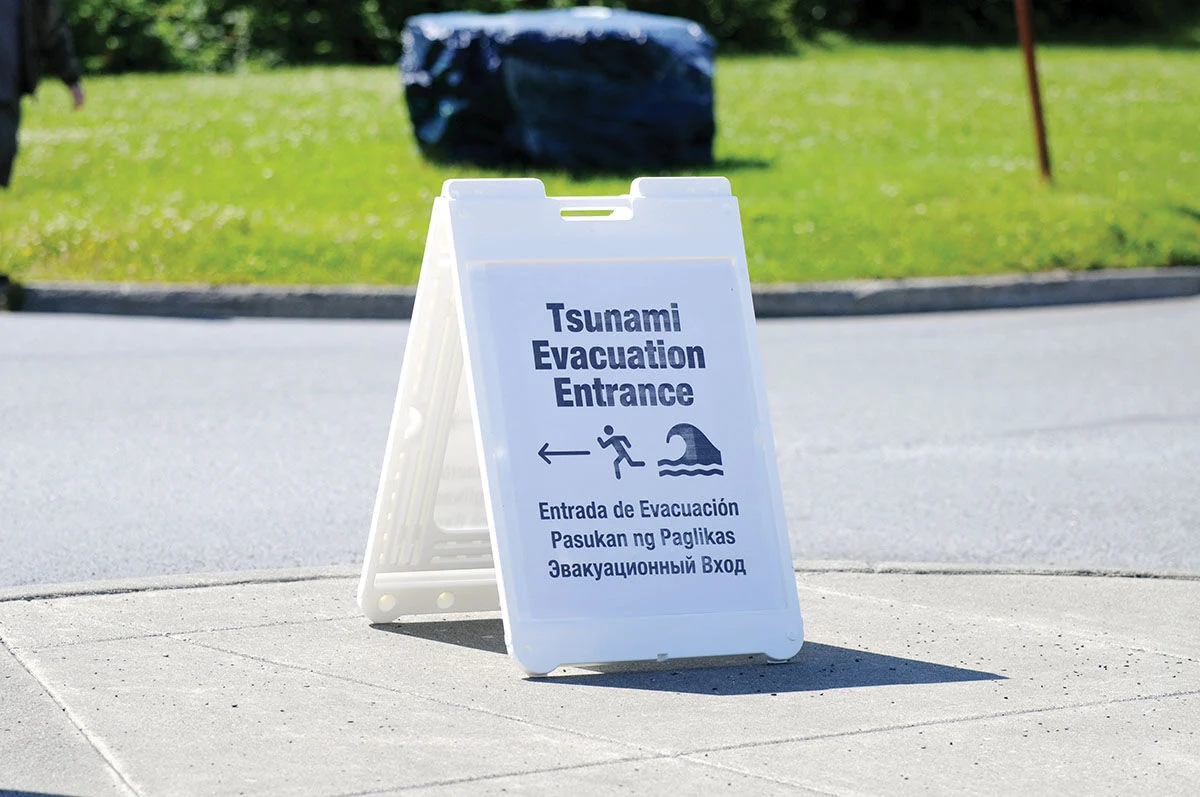
Although they are uncommon in the US, Alaska is one of the areas most vulnerable to tsunamis, which are among the most destructive natural disasters. Alaska is a center for tsunami awareness and preparedness because of its extensive coastline, active seismic zones, and history of strong earthquakes.
The causes and history of tsunamis in Alaska are examined in this article, along with recent occurrences that have sparked alarm and—above all—what people and families can do immediately to lower risk and prepare for a tsunami.
Recognizing the Tsunami Risk in Alaska
Why Tsunamis Are Common in Alaska
Because of the movement of tectonic plates, Alaska is located along the Pacific “Ring of Fire,” an area that experiences high levels of seismic activity. Two of the main causes of tsunamis, earthquakes and underwater landslides, are commonly brought on by these geological forces.
Numerous significant earthquakes have originated in the Alaska-Aleutian subduction zone, where the Pacific Plate is thrust beneath the North American Plate. Offshore, these occurrences have the power to shift enormous amounts of water, creating waves that travel terrifyingly fast toward the coast.
There is not much time for evacuation because tsunamis can arrive at the coast minutes after the triggering event. In isolated communities where infrastructure might not allow for quick movement or communication, this is particularly risky.
Historical Tsunamis in Alaska
In 1964, one of the most famous tsunamis happened. Prince William Sound was hit by the second-largest earthquake ever recorded in history, with a magnitude of 9.2. More than 130 people were killed when it caused tsunamis that destroyed coastal communities like Valdez, Seward, and Kodiak.
Other noteworthy instances of tsunamis include:
- Hawaii was also affected by the 1946 tsunami that originated in the Aleutians.
- The 1958 Lituya Bay megatsunami, which was caused by a huge landslide and reached a height of 1,720 feet, is still the largest wave in recorded history.
These incidents serve as a reminder that the threat is not merely a historical curiosity.
Current Information and Events Regarding Alaskan Tsunamis
July 2024: Tsunami Advisory after Aleutian Earthquake
A tsunami warning was issued for western Alaska in July 2024 in response to an earthquake with a magnitude of 7.8 close to the Aleutian Islands. Emergency systems were triggered, and coastal communities were issued evacuation notices, despite the fact that no notable waves were observed.
Both citizens and legislators were awakened by this incident. It highlighted the need for updated evacuation routes and improved early warning dissemination, as well as communication infrastructure gaps.
Advancements in Monitoring and Alerts
The National Tsunami Warning Center (NTWC), headquartered in Palmer, Alaska, has ramped up its monitoring efforts using buoy networks and seismographs. Through local broadcasting stations, weather radios, and cell phones, residents can receive alerts and assessments more quickly thanks to these systems.
But there are still difficulties:
- There are still many isolated communities without siren systems.
- Satellite communication can be affected by weather.
- Not every local knows what a tsunami watch or advisory means.
To close these gaps, regular drills and public education are crucial.
How to Prepare for a Tsunami in Alaska
Recognizing Natural Warning Signs
Natural warning signs frequently offer the earliest and most rapid indication of a possible tsunami, even though official alerts are useful. These consist of:
- A powerful or protracted earthquake close to the coast
- A sudden rise or fall in sea level
- The ocean roared.
Do not wait for official confirmation before evacuating to higher ground if you observe any of these.
Building a Tsunami Preparedness Kit
Families in tsunami-prone areas should have an emergency supply kit that will last them for at least 72 hours. Important things include:
- Radio that runs on batteries
- Additional batteries
- Water and non-perishable food
- Supplies for first aid
- Using flashlights
- Copies of significant documents
- Blankets and emergency clothing
Store the kit in a place that is convenient for quick access, and pack these items in a waterproof container.
Creating an Evacuation Plan
Everyone in your home needs to be aware of:
- The quickest way to reach higher ground (two miles inland or at least 100 feet above sea level)
- Where emergency shelters are located
- Where to meet up if you’re separated
- Who to call in an emergency
Practice the evacuation route at least twice a year, if at all possible. People frequently panic in emergencies, but practiced muscle memory can save lives.









